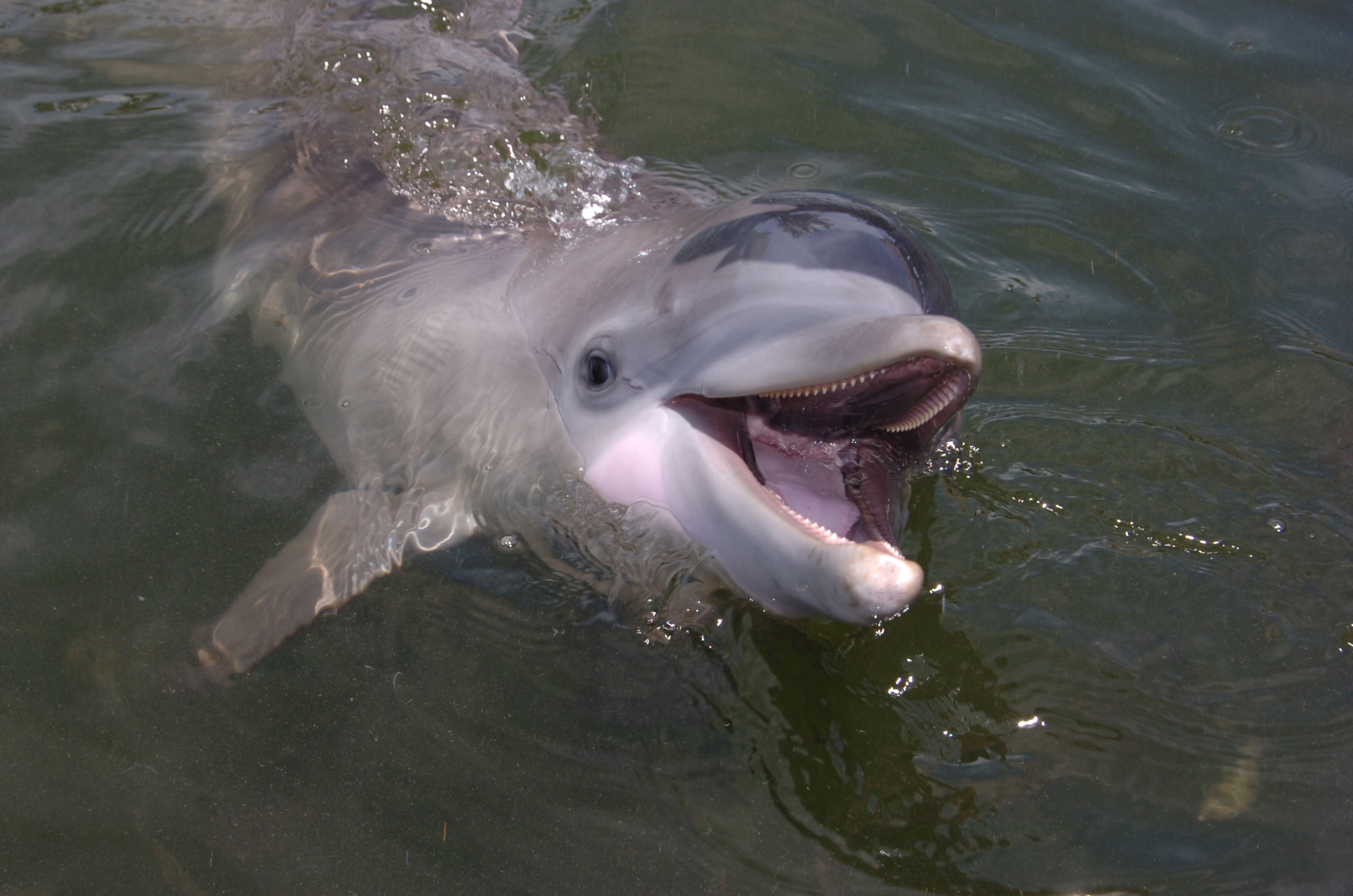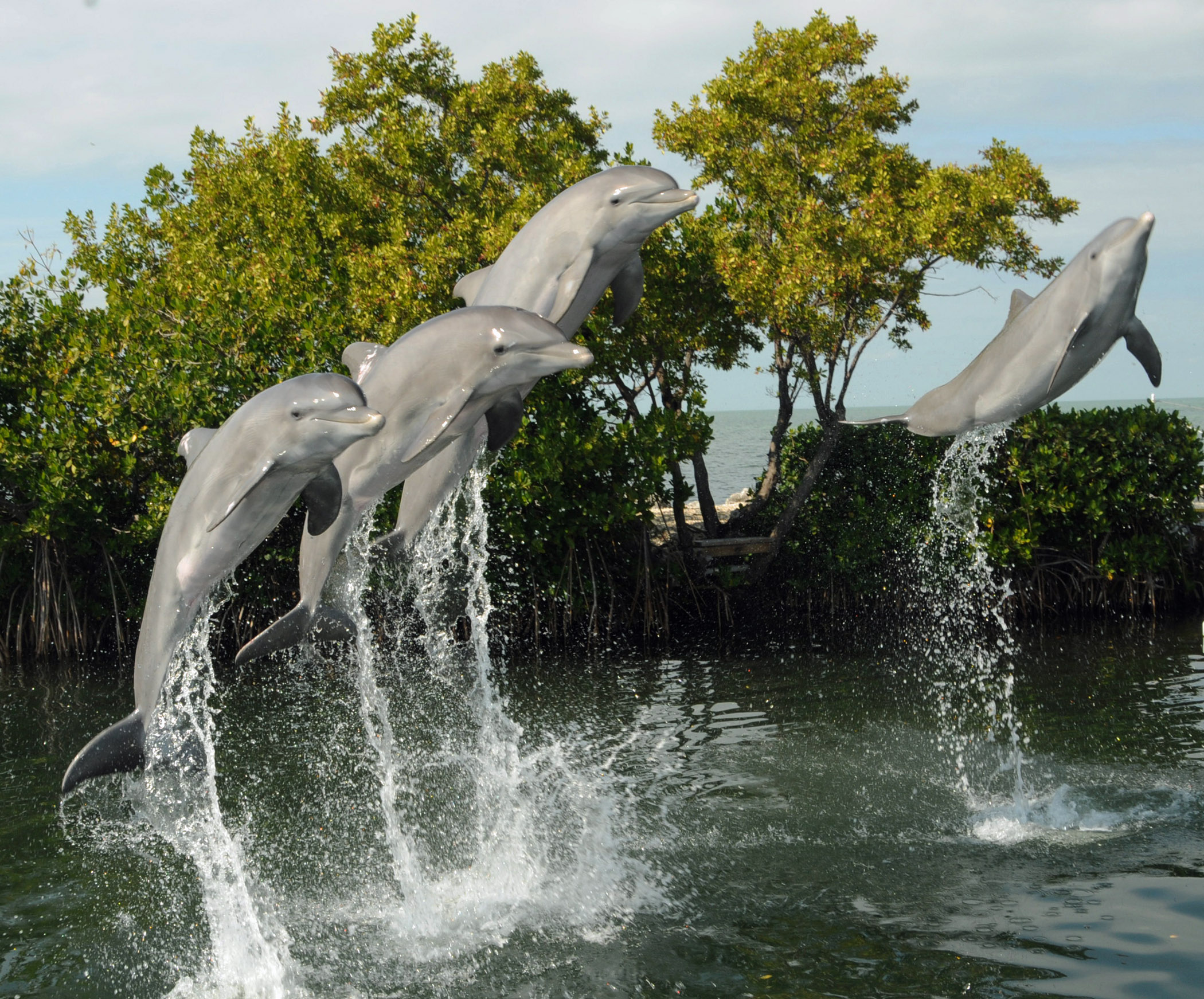Sensaphone Remote Monitoring System Helps Dolphin Research Center improve Safety of Marine Mammals During Rehabilitation
For more than 30 years, the goal of the Dolphin Research Center (DRC) has been to promote a peaceful coexistence between marine animals, humans and the environment. The facility, located in Grassy Key, Florida, helps to rescue and rehabilitate dolphins and California sea lions so they can be released back into the wild. Animals that are deemed “unreleasable” can have a permanent home at the facility.

However, it isn't easy to create an environment that mimics the natural ecosystems of marine wildlife. And it can be even more challenging to maintain the facility's pools, pumps and food tanks to ensure the animals' safety. All of these areas need to be kept to exact standards to ensure the animals remain comfortable and healthy.
Previous Monitoring System Was Fishy
Inside the DRC compound, staff members must monitor the freezer that holds the fish that are fed to the dolphins and sea lions. This freezer must be tracked to ensure that the fish are kept at the correct temperature to remain safe for animal consumption.
Prior to switching to the Sentinel monitoring system, the DRC used a rudimentary alert system. The non-customizable device was intended to alert the staff if there was a freezer malfunction causing its temperature to rise to an unsafe level. It was set to alarm if it sensed any temperature reading above 0° F. The problem was that the alarm was often triggered when staff members left the door open for a moment or two during fish pulls. These were false alarms because there was no problem with the freezer that required staff attention.
The repeated false alarms made DRC staff members numb to the fish freezer’s temperature alerts. They rendered the device useless because if an actual problem occurred, the alert would most likely be ignored. The DRC decided to upgrade their monitoring system.
The Right System for Their Expanding Needs
The DRC wanted to monitor the temperature of their fish freezer and increase the overall monitoring of their facility. After consulting other similar facilities, they decided to purchase a Sentinel Monitoring System from Sensaphone.
“We were initially attracted to the Sentinel's ability to be customized," said Ted Due, director of animal care and habitat at the DRC. “But we were really sold on the system’s user interface, data logging capability and customization of parameters and who gets alerts.”
With the new monitoring system, the DRC can set the ambient temperature sensor to trigger only if the fish freezer is above 0° F for longer than 20 minutes. This allows adequate time for the fish pull. Now, the system only sends an alert when there really is an issue or the door is left open for a longer period of time.

The Sentinel system also monitors the two defrost cycles for the fish freezers. This process involves temporarily raising the temperature of the two evaporators in the freezer, one at a time, to prevent ice from accumulating. If the evaporators do not go into defrost about every six hours, they will accumulate enough ice to block airflow and have difficulty maintaining the 0° F temperature. The DRC can now monitor the defrost cycles to ensure they are feeding their dolphins and sea lions the safest possible fish.
Monitoring Tank Water Level
The DRC can now use the same system to monitor more than just temperature. They added a water level sensor to their 24,000-gallon above ground pool. This pool is used as a temporary home for animals that are not able to reside in their natural habitat for one reason or another.
The above ground pool has the ability to drain down to one foot of water in about 30 minutes. This is a useful feature if done intentionally for maintenance purposes. But if the pumps or plumbing were to fail when no one is present or after hours, pumps and other filtration equipment could run dry and require very expensive repairs. The Sentinel system now immediately alerts the staff if the above ground pool's water level goes below the preset parameter.
Monitoring is Now Going Swimmingly
After being installed for only three months, the Sentinel system has already saved the DRC time and money. Late one Friday afternoon, the staff was alerted before closing that the fish freezer was not going into its normal defrost cycle. Knowing this, the staff was able to investigate the problem and have the issue repaired that same afternoon. If the malfunctioning system had not been caught immediately, the freezer would have required an expensive weekend service call for repairs.
“We are now looking to expand our use of the Sentinel in our facility, possibly monitoring the pump pressure in our pools,” said Due. “The peace of mind of knowing everything is running smoothly allows us to focus on helping and learning more about these amazing animals.”


